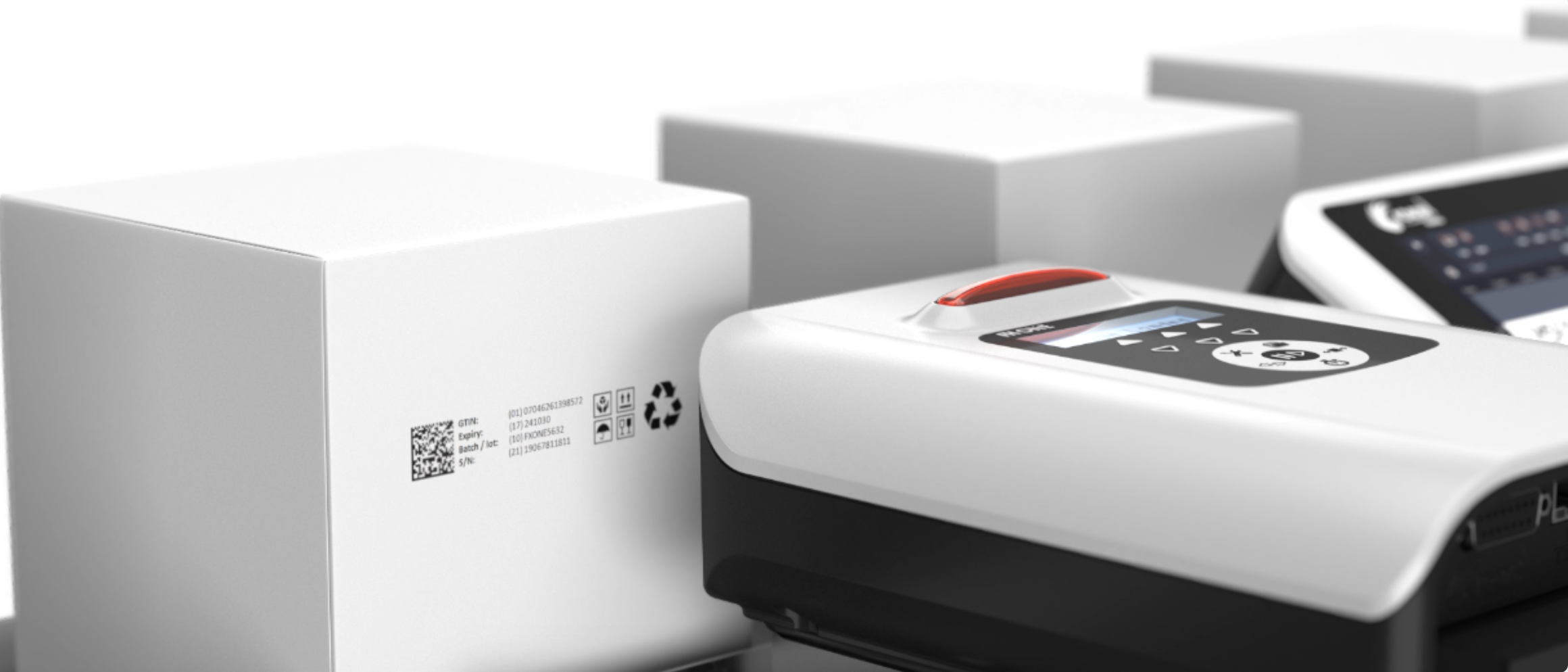
When it comes to business, time is money. That's why many companies are turning to batch coding printers as a way to speed up their production process. But what is batch coding, and how does it work?
Batch Coding and its purposes
Batch coding is a mechanised process used for the marking and labelling of products. The batch coding setup includes batch coding printers or inkjet coding machines, which allow for batch numbers, manufacturing dates, expiration dates and other types of information to be printed onto product labels or packaging. This process provides organisations with an efficient way to track their products from production to shipment. Batch coding allows companies to easily identify batches of products for recalls or for inventory control. It also helps products meet various safety regulations by including important production information on the packaging. Ultimately, batch coding allows businesses to better manage their product batches during each stage of their production cycle and ensure that only quality items are shipped out to customers.
What are the different types of batch-coding printers?
Batch coding printers are a necessary tool for many industries. These machines are designed to apply code, batch information, and other data directly onto packaging materials. The most common batch coding printers include thermal inkjet, laser marking systems and continuous inkjet printers.
- Thermal inkjet batch printers use heat to jet or eject droplets of printing ink onto the surface of the product packaging material.
- Laser marking systems offer greater accuracy with high-speed results, making them suitable for long-run batch coding applications.
- Lastly, continuous inkjet coding printers provide superior quality at high speeds and boast a wide range of low-cost alternating inks that make them ideal for branding or large batches of product packaging.
With so many options available, batch coding machines have become invaluable tools for businesses across virtually all industries.
How do batch-coding printers work?
Batch coding printers are a type of coding machine that uses inkjet technology to apply batch codes. From batch lot markers to UPC codes, batch coding printers allow manufacturers to easily code their products with traceability information and product labelling specifications. Compared to traditional coding machines, batch coding printers are faster, more reliable and require minimal maintenance. The speed of these decoders depends on the model and how much customization is needed for a specific job—with some batch coding printers able to print up to three, four or eight lines per second. Additionally, batch printing technology uses significantly less ink than other types of coders and prevents smudging when applied on moist or porous surfaces. Ultimately, batch coding printers are highly versatile machines that offer multiple advantages for product identification.
What are the advantages of using a batch coding printer?
Using a coding printer or coding machine is a great way to efficiently label and code products in the manufacturing process. Inkjet coding printers provide greater accuracy and control than other coding methods due to their precise coding ability. They also save time and money by eliminating the need for frequent replacement of coding rollers that can be used up quickly in large-scale projects. Additionally, coding machines are designed to handle a variety of substances, including uneven surfaces which makes them ideal for coding products made from various material types. For businesses looking for an efficient and reliable coding solution, an inkjet coder is the best choice.
When should you use a batch coding printer?
Batch coding printers are ideal for batch printing when accurate and reliable batch coding is required. This type of printer utilises an inkjet coder that is equipped with features such as auto-focusing, multiline printing, font rotation and distortion correction, making batch coding quick and easy. Batch coding printers are very efficient and deliver more consistent results, especially when used in larger batch prints. They are also low maintenance given their rugged design which ensures a longer lifespan.
Conclusion
All in all, batch coding printers provide useful solutions for a wide variety of businesses that require labelling and coding needs. Not only do they save time and money, but they also allow you to customise your products with style and functionality. From healthcare agencies to chemical companies, batch-coding printers can help keep track of important product information such as product codes, expiration dates, and production batches. With so many uses and benefits, it's no wonder why batch coding printers are becoming a popular choice for businesses looking to improve efficiency in the workplace.







